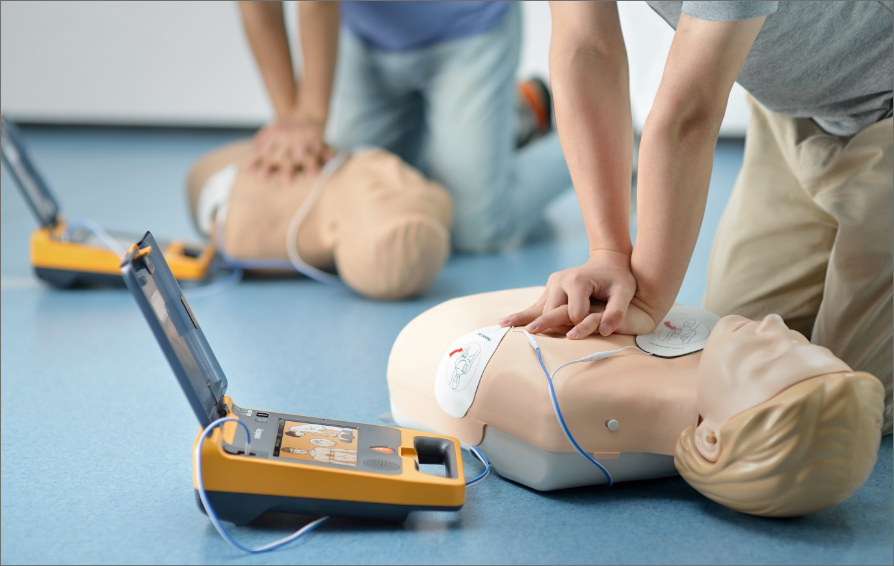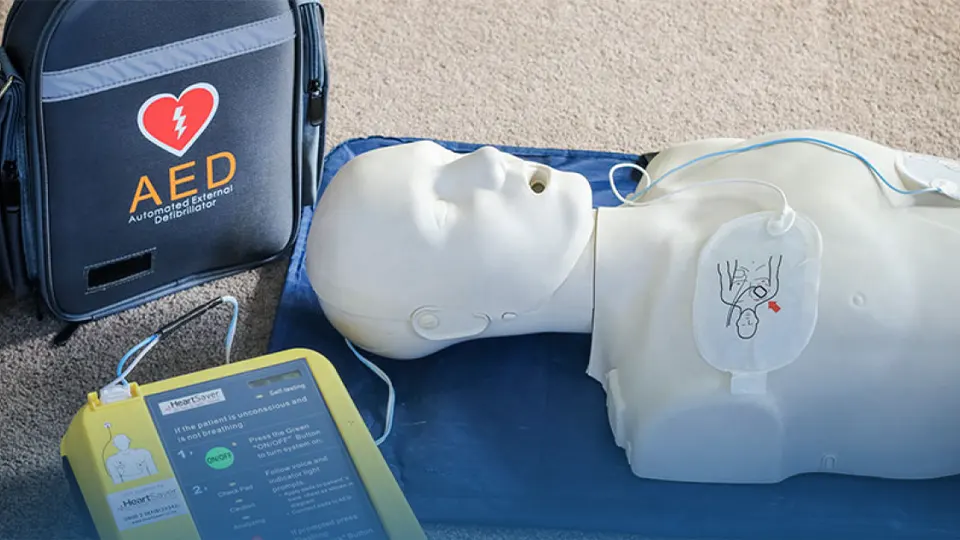Elder’s Silent Killer
One of the leading causes of death among the elderly people is heart disease. It spares no one, not even those living in the first-world countries with top health care. In 2019, the Bloomberg Global Health Index named Singapore the healthiest country. Still, 3,000 people die from cardiac arrests each year. Over 80% of these cases occur in public places and homes.
3 Silent Signs of Cardiac Arrest
Cardiac arrest is a heart condition in which it loses its functions. In such conditions, the heart stops the circulation of blood within the body. This leads to loss of consciousness—and worst of all, death, if not treated. Even if a heart attack is unexpected, there are subtle signs for early detection:
- Shortness of breath
- Arm, neck, or jaw discomfort.
- Chest pain
Knowing these signs may help save a life.

3 Steps to Save a Heart
When a myocardial infarction takes place, an immediate response is required. It involves remembering these three things:
- Check the person’s consciousness and alertness.
- Call the 911 response team. Provide vital information such as the location and the patient’s age, sex, and name.
- If the victim is unconscious, begin CPR; the dispatcher can guide.
First aid includes techniques in CPR and AED that increase survivability by 50%.
AED: CPR’s Best Friend
Researchers have proven CPR effective. It can restore the heart’s normal rhythm. It also maintains blood flow to vital organs through chest compressions. However, using AEDs can cut deaths from sudden cardiac arrest. An AED is a portable device. It delivers an electric shock to restore a normal heart rhythm in a person having a sudden heart attack. When used together with CPR, it further increases the patient’s survivability. Also, it transforms bystanders into first responders due to its simple operating features.
3 Must-have Features of an Effective AED
To treat sudden cardiac arrest (SCA), an AED must have these features:
- Certified by groups like the American Heart Association and the European Resuscitation Council.
- Complied with international standards for safe execution.
- Provides a manual that is easy for users to understand.
- Has a long-operating-life battery and good performance.
- With high compatibility with other devices and real-time update features.
- Has a built-in self-checking mechanism.
- Has a long warranty for necessary maintenance and replacement.
- Cost-effective based on its performance.
- Easy to replace worn-out parts with high availability.
Above all, an AED defibrillator’s best feature is its portability. Proper placement of these devices in dense public spaces increases accessibility. Hence, reducing the chance of death from heart attacks.
The aed defibrillator singapore has turned bystanders into superheroes. They save hearts one at a time.

